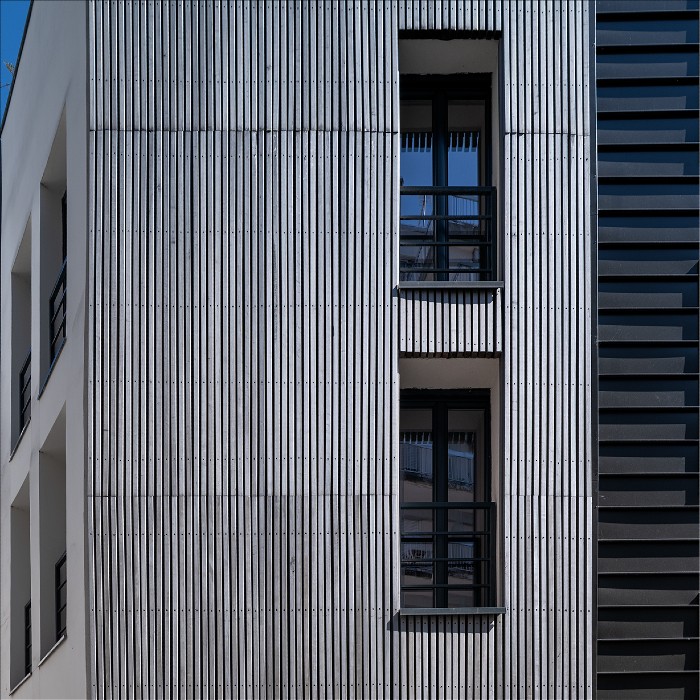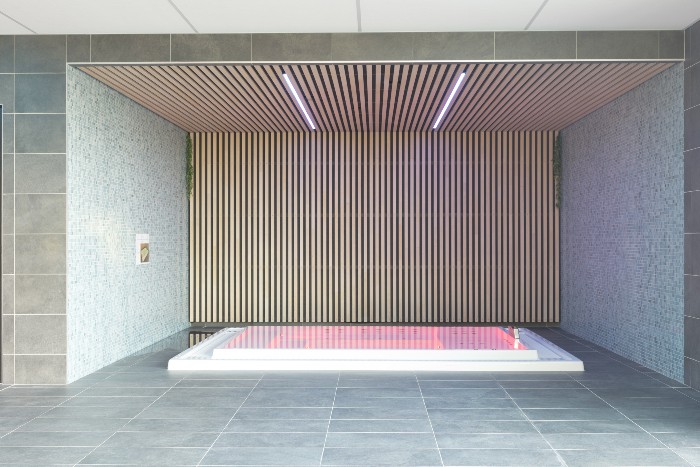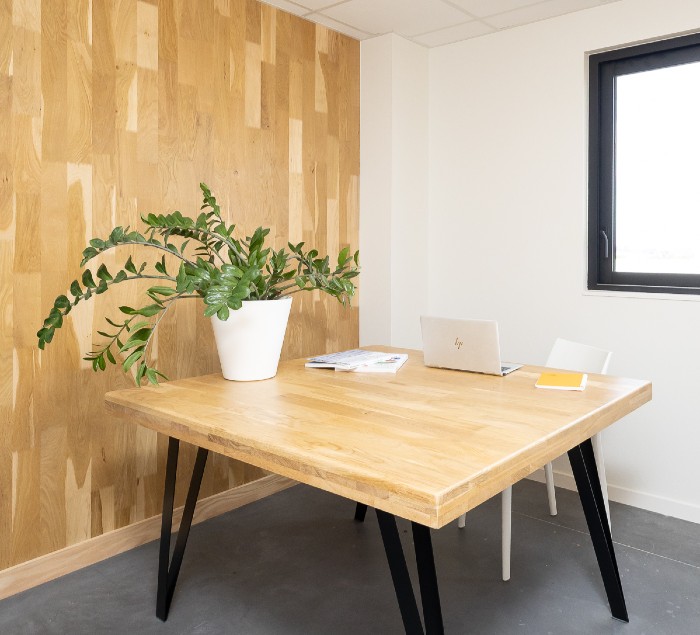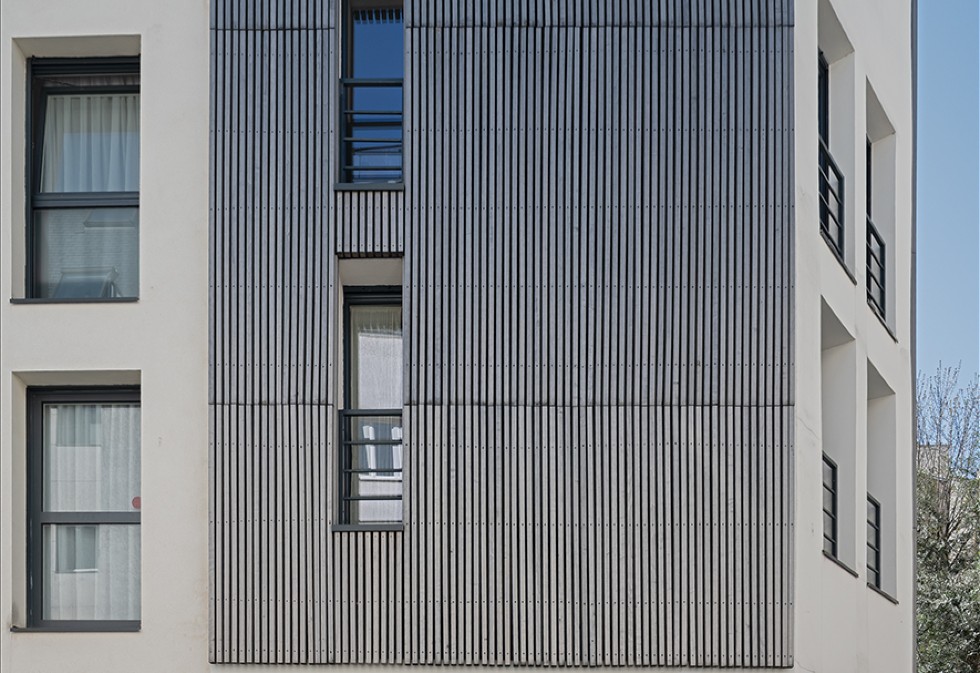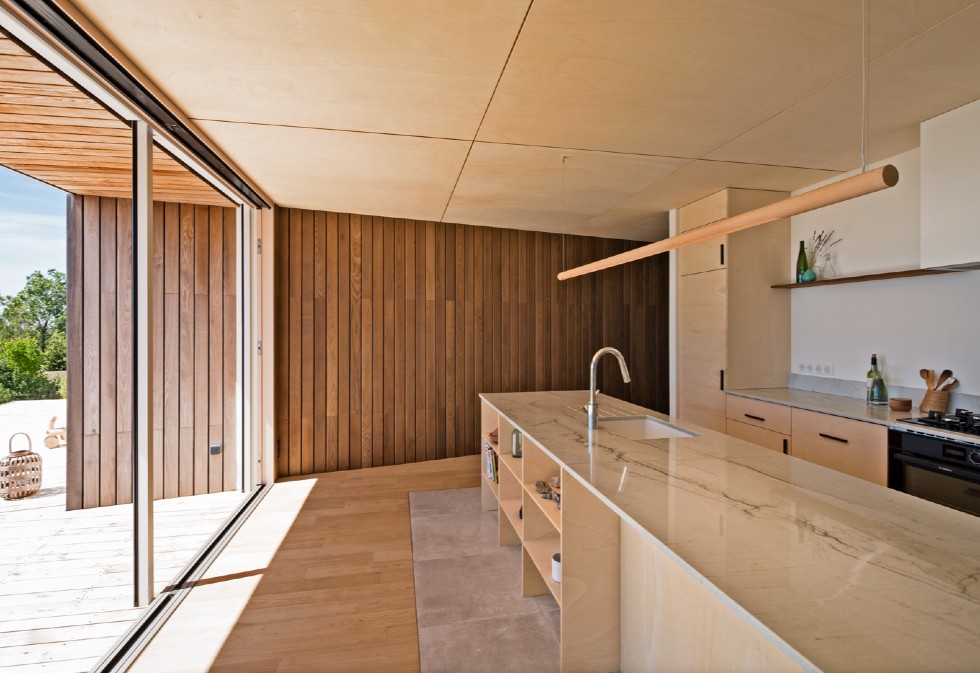How to successfully combine materials in your projects with wood as a key player
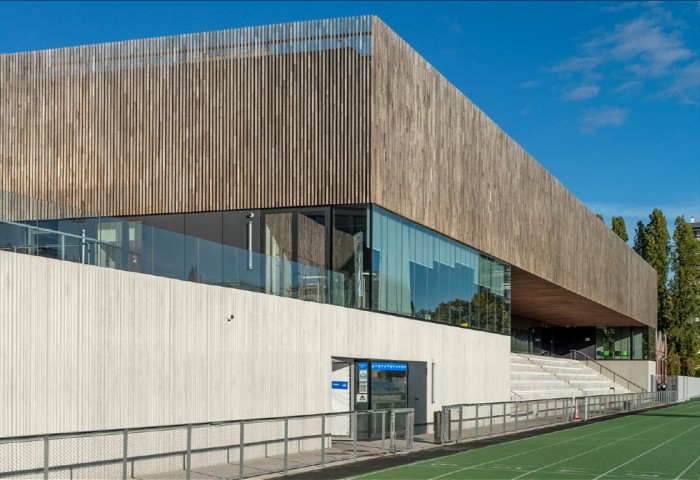
Wood: A future-oriented material for individual, collective, and urban construction
In a context of ecological transition and increasing urbanization, material mix is emerging as an innovative solution for sustainable urban projects. Among these materials, wood, particularly structural timber and joinery wood, plays a central role. How can wood be successfully integrated into a hybrid approach that combines performance, aesthetics, and environmental responsibility? Here are the key factors to achieve it.
Wood attracts attention due to its mechanical qualities, lightness, rapid installation, and especially its positive carbon footprint. Used alone or in combination with concrete, steel, or glass, it enables the design of energy-efficient buildings while reducing ecological impact.
Why use wood in construction projects?
-
Renewable and bio-based material
-
Excellent thermal and acoustic insulation
-
Support for local industries and French-made wood
Material mix: A technical and architectural balance
Successful material mix means knowing how to combine materials to take advantage of the best qualities of each. Wood can be integrated:
-
As a primary framework, combined with concrete
-
On facades alongside other materials such as glass, for visual warmth and insulation performance
-
In interior and exterior joinery, for its natural elegance
Goal: Combine durability, structural performance, and architectural quality.
Best practices for integrating wood into projects
To fully leverage wood in a material mix strategy, consider the following recommendations:
a. Choose local and certified species
Select wood products manufactured or sourced in France from sustainably managed forests (PEFC, FSC). This enhances traceability and reduces transport carbon impact.
b. Collaborate from the design stage
The success of a mixed-material project depends on an integrated approach between architects, engineers, contractors, and wood manufacturers. Planning wood/concrete or wood/steel junctions is essential to avoid thermal bridges or technical incompatibilities.
c. Favor prefabrication
Certain wood products, such as CLT Batichêne, are particularly suited for prefabrication, allowing for shorter, cleaner, and quieter construction sites—a major advantage in urban areas.
Inspiring examples of hybrid urban wood projects
Many projects in France show the way:
-
R+6 buildings combining wood structure with concrete cores
-
Public facilities combining timber framing and metal envelopes
-
Eco-districts showcasing wood-concrete-steel mix for controlled density
These projects demonstrate that mixing materials does not mean compromise, but complementarity.
Conclusion
Integrating wood as a key player in mixed urban projects is choosing an ecological, high-performance, and locally anchored material. Thoughtful timber construction, in synergy with other materials, paves the way for a more responsible, beautiful, and sustainable urban architecture.

